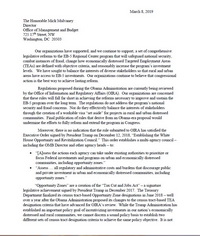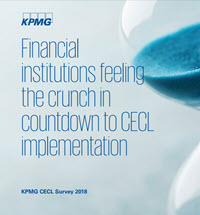The Commerce Department has initiated investigations into whether a key material used in major real estate and infrastructure projects – fabricated structural steel (FSS) from Canada, China and Mexico – is being sold in the U.S. for less than fair value. (Commerce Department announcement, Feb. 26)
 |
The Commerce Department has initiated investigations into whether a key material used in major real estate and infrastructure projects – fabricated structural steel (FSS) from Canada, China and Mexico – is being sold in the U.S. for less than fair value. |
The ITC is scheduled to make its preliminary determinations by March 21, 2019.
The tax-writing House Ways and Means Committee held a hearing this week on the need to launch a national infrastructure improvement program and potential funding sources.
 |
The Joint Committee on Taxation issued an “Overview Of Selected Internal Revenue Code Provisions Relating To The Financing Of Public Infrastructure.” |
The hearing covered the looming shortfall in the Highway Trust Fund and the viability of potential revenues sources – such as an increase in the gas tax and the imposition of a Vehicle Miles-Traveled fee– to help finance increased infrastructure spending.
 |
House Ways and Means Chairman Richard Neal (D-MA) said President Trump’s interest in “a massive infrastructure package,” shows Congress has “a real opportunity to work together and do something big here.” (Chairman Neal statement, March 6)commercial real estate market. |
The Roundtable sent a comment letter to President Trump in Jan. 2018 offering specific suggestions on how innovative financing sources may be used to help pay for infrastructure improvements – and how restructuring a lengthy permitting process and cutting unnecessary red tape will help control project costs and delays.
Comprehensive legislative reforms to the EB-5 investment program are needed to provide stronger safeguards to combat fraud and safeguard national security while balancing rural and urban areas’ access to the program, according to a coalition of 11 national industry organizations. (Coalition letter, March 8)
 |
A coalition of 11 national industry organizations recommends comprehensive legislative reforms to the EB-5 investment program are needed to provide stronger safeguards to combat fraud and safeguard national security while balancing rural and urban areas’ access to the program. ( Coalition letter , March 8) |
Sen. Tim Scott (R-SC) – who led the effort in Congress for enactment of the Opportunity Zones program – discussed its goals and incentives on Jan. 29 in a discussion with Roundtable member Geordy Johnson (CEO, Johnson Development Associates, Inc.) during The Roundtable's State of the Industry Meeting (Roundtable Weekly, Feb. 15)
A business coalition that includes The Real Estate Roundtable on March 5 wrote to the Financial Accounting Standards Board (FASB) and the Securities and Exchange Commission (SEC) to urge a delay in the implementation of the proposed Current Expected Credit Loss (CECL) accounting standard, which may begin to reduce aggregate bank lending as early as next year. (Coalition Letter, March 5)
 |
The March 5 coalition letter cites a 2018 KPMB survey showing companies are struggling to make certain accounting, modeling and data decisions to be in compliance with CECL. (KPMG, Financial institutions feeling the crunch in countdown to CECL implementation) |
The 8 signatories to the coalition letter are the U.S. Chamber of Commerce, American Bankers Association, Bank Policy Institute, The Real Estate Roundtable, Commercial Real Estate Finance Council, Mortgage Bankers Association, National Association of Realtors, Credit Union National Association and National Association of Federal Credit Unions.